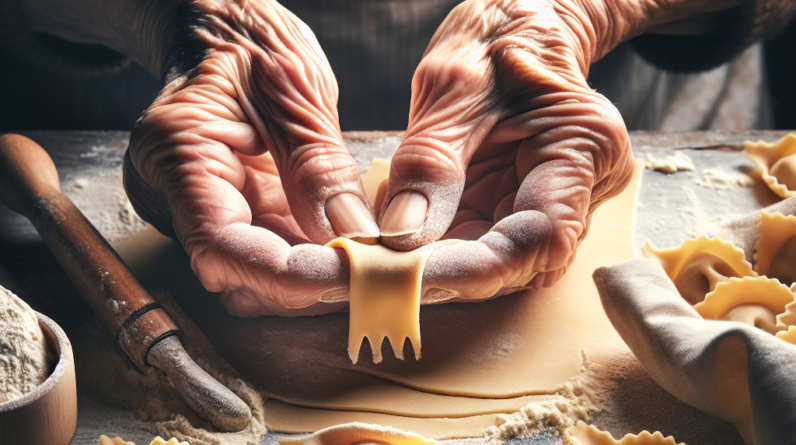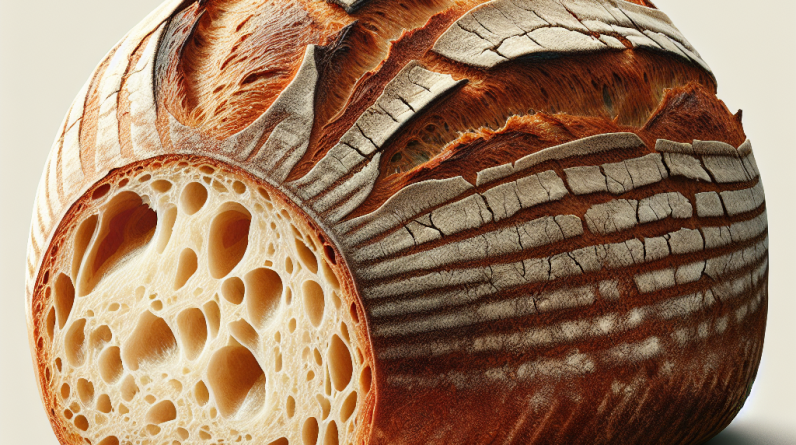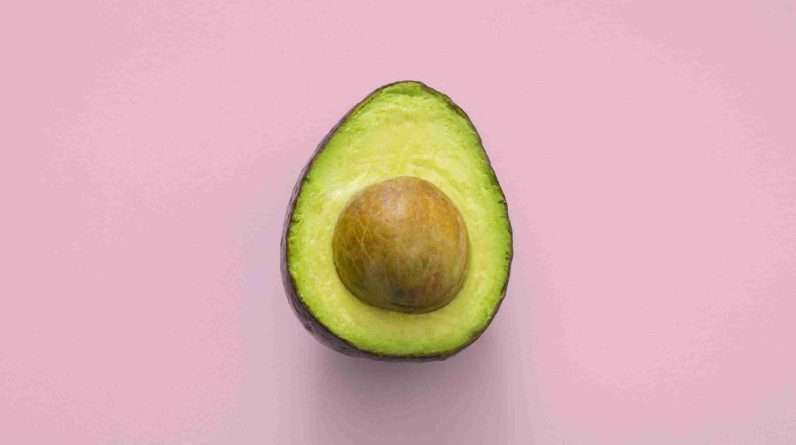Looking to create a mouthwatering classic Italian lasagna, complete with layers of perfectly cooked pasta, savory sauce, and gooey cheese? Look no further! In this article, we will guide you through the step-by-step process of creating a delectable lasagna that will have your taste buds dancing with delight. From selecting the right ingredients to mastering the techniques needed for layering, we’ve got you covered. So, put on your apron, grab your favorite mixing bowl, and let’s get cooking!

Choosing the Ingredients
Selecting the Pasta
When it comes to making a classic Italian lasagna, selecting the right type of pasta is crucial. We recommend using wide and flat sheets of pasta, such as lasagna noodles or sheets of pasta fresca. These will provide a sturdy base for the layers and ensure the perfect texture when cooked. Look for high-quality pasta that is made from durum wheat and has a rough texture to help the sauce adhere to it.
Choosing the Meat
Adding a flavorful meat filling is an essential part of creating a delicious lasagna. While you have a variety of options to choose from, some popular choices include ground beef, ground pork, or a combination of both. Be sure to select lean meat to prevent the lasagna from becoming too greasy. Brown the meat in a skillet over medium heat, breaking it up into small pieces as it cooks, until it is fully cooked and browned.
Deciding on the Sauce
The sauce is the heart of any lasagna, adding rich flavors and moisture to each layer. A classic Italian tomato sauce, known as marinara, is a great choice for lasagna. To make a homemade marinara sauce, you will need diced tomatoes, garlic, onions, herbs like basil and oregano, and a generous amount of olive oil. Simmer the ingredients together until the sauce thickens and the flavors meld.
Selecting the Cheese
To achieve that irresistible cheesy goodness, selecting the right cheese is essential. The most commonly used cheese in traditional Italian lasagna is mozzarella. Its mild and creamy flavor complements the other ingredients perfectly. Additionally, consider adding some grated Parmesan cheese for added richness and depth of flavor. Look for high-quality cheeses and grate them yourself for the best taste and meltiness.
Preparing the Ingredients
Cooking the Pasta
Before layering the lasagna, it is crucial to cook the pasta sheets to perfection. Bring a large pot of salted water to a boil and cook the pasta until al dente, usually between 8-10 minutes. Be careful not to overcook the noodles, as they will continue to cook in the oven. Once cooked, drain the pasta and rinse it under cold water to stop the cooking process and prevent the noodles from sticking together.
Preparing the Meat Filling
While the pasta is cooking, prepare the flavorful meat filling for your lasagna. In a skillet, heat a tablespoon of olive oil and sauté diced onions and minced garlic until fragrant. Add the ground meat and cook until browned, breaking it into small pieces with a spoon. Season the meat with salt, pepper, and any other desired spices or herbs, such as Italian seasoning or red pepper flakes. Remove from heat and set aside.
Making the Sauce
Now it’s time to bring the marinara sauce together. In a separate saucepan, heat a generous amount of olive oil over medium heat. Add minced garlic and chopped onions, and sauté until translucent. Add diced tomatoes, tomato paste, and a splash of red wine (optional). Season with salt, pepper, and dried herbs like basil and oregano. Allow the sauce to simmer for at least 30 minutes to develop the flavors and thicken slightly.
Grating the Cheese
To achieve that perfect, melty layer of cheese, grate both the mozzarella and Parmesan cheese. Grating the cheese yourself ensures a fresher flavor and better melting properties. Use a box grater or a food processor fitted with a grating attachment to grate the cheese into a bowl. Keep the grated cheese in the refrigerator until it is time to layer the lasagna.
Layering the Lasagna
Preheating the Oven
Before you start layering the lasagna, preheat your oven to 375°F (190°C). This temperature allows for even cooking and browning of the lasagna while ensuring the ingredients meld together deliciously.
Coating the Baking Dish
To prevent the lasagna from sticking to the dish and ensure easy serving, it’s important to coat the baking dish with a thin layer of sauce or olive oil. Use a brush or spoon to spread a thin layer of sauce or olive oil on the bottom and sides of the baking dish.
Arranging the Pasta Sheets
Begin the layering process by placing a single layer of cooked pasta sheets on the bottom of the baking dish. Make sure the sheets cover the entire bottom surface, slightly overlapping if necessary. This creates a sturdy base for the other layers and prevents the sauce from seeping through.
Adding the Meat Filling
On top of the pasta sheets, evenly spread a layer of the prepared meat filling. Use a spoon or spatula to distribute it evenly, ensuring that every bite of lasagna is packed with flavor. Press down gently to compact the filling and create a level surface.
Pouring the Sauce
After the meat filling, generously pour a layer of marinara sauce over it. The sauce serves as a binder, keeping the lasagna moist and flavorful. Use a spoon to spread the sauce evenly, making sure it covers the entire layer of meat filling.
Sprinkling the Cheese
Now comes the rewarding moment of sprinkling on the cheese. Begin with a layer of shredded mozzarella, spreading it evenly over the sauce. The mozzarella will melt beautifully, creating a stringy and gooey layer. Sprinkle grated Parmesan cheese on top to add complexity and depth of flavor.
Repeating the Layers
Repeat the layering process until the baking dish is filled, alternating between pasta sheets, meat filling, sauce, and cheese. Aim for at least three layers, but you can add more if your dish and ingredients allow. For the final layer, finish with a generous amount of sauce and cheese to create a beautiful golden crust.
Baking the Lasagna
Covering the Lasagna
Before placing the lasagna in the oven, cover it loosely with aluminum foil. This helps to trap the steam and ensure that the cheese doesn’t brown too quickly or burn. Make sure the foil is tented to avoid it sticking to the melted cheese.
Baking at the Right Temperature
Place the covered lasagna in the preheated oven and bake for about 30 minutes. After this initial baking time, remove the foil to allow the cheese to brown and bubble. Continue baking for an additional 15-20 minutes, or until the lasagna is heated through and the cheese on top turns golden brown.
Checking for Doneness
To ensure that the lasagna is fully cooked, insert a knife or toothpick into the center. If it comes out hot to the touch and the pasta feels tender, your lasagna is done. If needed, return the lasagna to the oven for a few more minutes until it reaches the desired consistency.

Serving and Enjoying
Resting the Lasagna
Once the lasagna is done, resist the temptation to dive right in. Allowing the lasagna to rest for 10-15 minutes before serving ensures that it sets properly and makes for neater slices. This resting time also lets the flavors meld together, resulting in a more delicious and cohesive dish.
Cutting and Plating
To serve the lasagna, use a sharp knife to cut it into individual portions. Start by cutting through the top layer of crispy cheese, then continue to cut through the layers underneath. Gently slide a spatula under each slice, making sure to lift it intact, and place it onto a plate or serving dish.
Garnishing and Serving
To add a finishing touch to your lasagna, consider garnishing it with fresh herbs such as basil or parsley. These aromatic herbs not only provide a pop of color but also enhance the visual appeal. Consider serving the lasagna with a side of garlic bread, a crisp salad, or a glass of red wine for a complete and satisfying meal.
Now that you have followed these steps and learned all the ins and outs of making a classic Italian lasagna, it’s time to gather your ingredients and get cooking. With each layer of pasta, sauce, meat filling, and cheese, you will create a lasagna that is rich in flavor and satisfaction. So roll up your sleeves, grab your apron, and enjoy the process of creating this timeless and comforting dish. Buon appetito!










